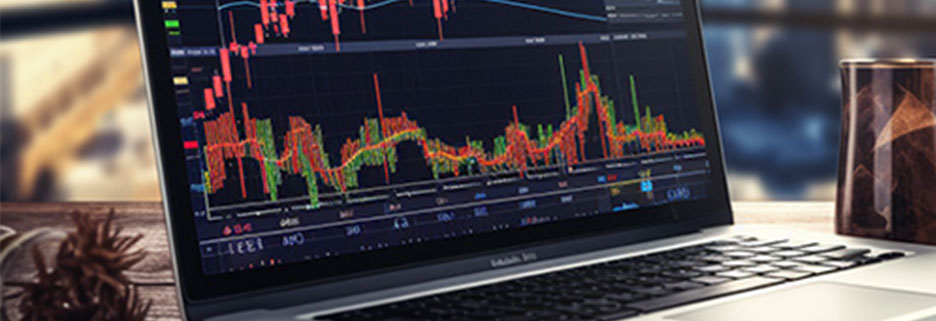High-Frequency Trading (HFT) refers to the practice of using sophisticated computer programs and complex algorithms to execute trades at incredibly high speeds.
HFT strategies often involve market making, arbitrage, or momentum trading, focusing on detecting or predicting shifts in institutional order flow.
As a leading form of algorithmic trading in the financial sector, HFT leverages advanced technology to facilitate rapid trading of financial securities.
High-frequency traders utilize proprietary algorithms to enter and exit positions within seconds or even fractions of a second, handling significant volumes simultaneously.
These traders can execute trades in as little as 10 milliseconds, whereas it takes a human between 300 to 400 milliseconds just to blink.
Automation is key to this process, with systems designed to scan markets and respond to new information faster than any human could.
The speed and volume at which HFT operates are beyond human capability, with trades being completed faster than a human brain can process the information on a screen.
HFT can be used to secure the best price for large orders or to identify real-time profit opportunities in the market.
The algorithms used in HFT are highly sophisticated, allowing for simultaneous trading across multiple markets as conditions are met.
The primary advantage of HFT lies in its speed, making the computing power and the proximity of these programs to the exchanges critical.
By situating themselves close to the exchanges, HFT firms can gain millisecond advantages over their competitors.
Generally, traders with faster execution speeds tend to be more profitable than those with slower speeds.
HFT has notably improved market liquidity and led to tighter bid-ask spreads.
However, there are two main criticisms of HFT:
- HFT gives institutional traders an edge due to their ability to trade in large volumes using algorithms.
- The liquidity provided by HFT is often fleeting, disappearing within seconds, which makes it difficult for other traders to capitalize on it.
